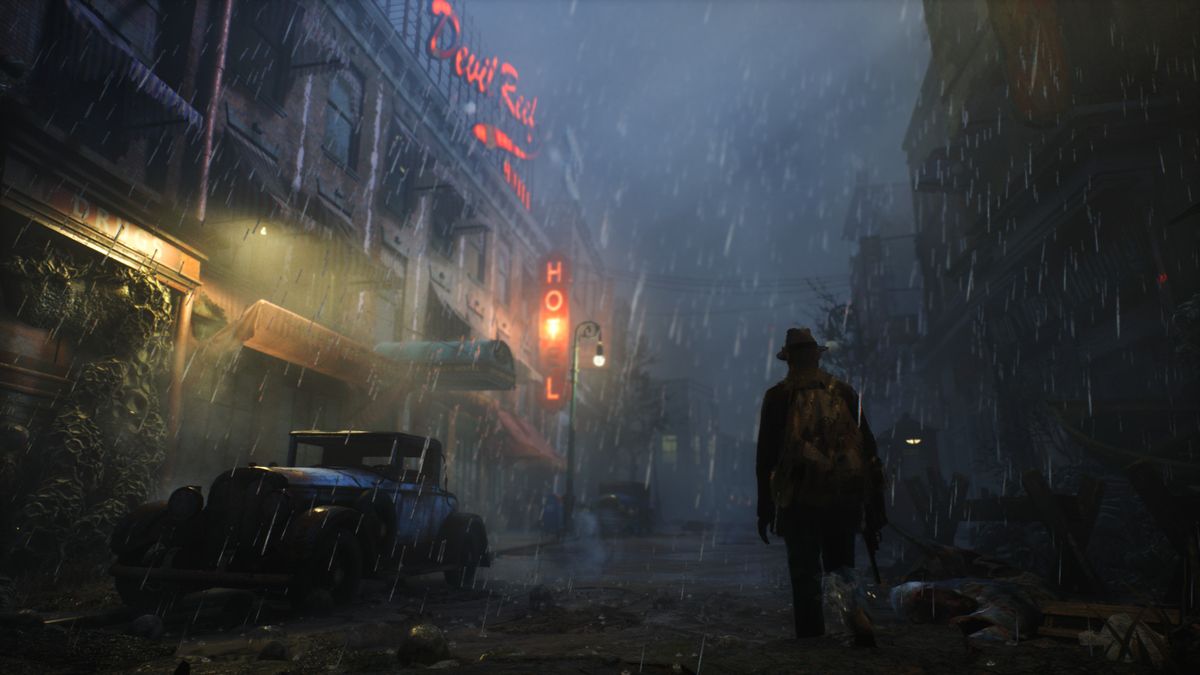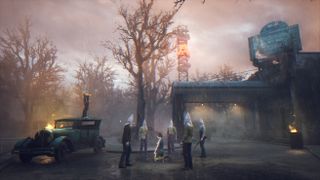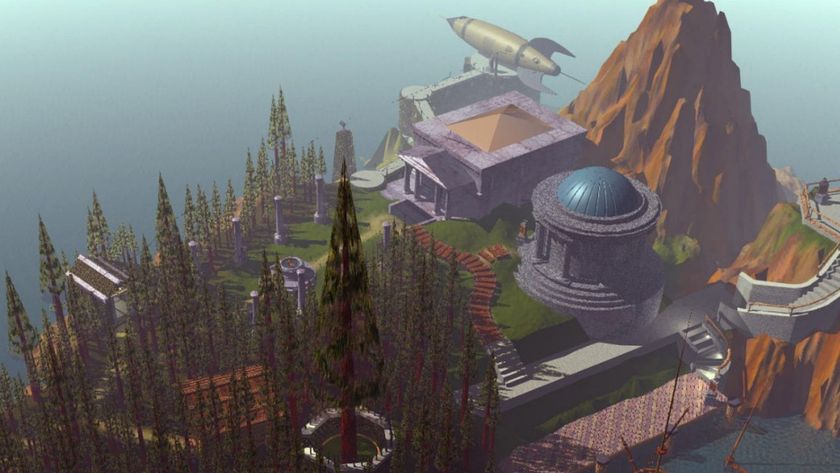How Frogwares built detective RPG The Sinking City, a Silent Hill-style mystery for fans of lateral thinking
The Sinking City is rich with clues, but firmly avoids hand-holding mission markers - Frogwares' CEO Wael Amr explains how they built such a complex, rewarding, open world

Developer Frogwares has an impressive track record, but what the studio is doing in The Sinking City is more ambitious than anything it’s done to date. Their upcoming PS4 detective RPG is set in the fictional 1920s city of Oakmont where supernatural floods are driving the residents - and player character, investigator Charles W. Reed - to madness. The Sinking City should appeal to adventure fans with its focus on lateral thinking; an open-world fusion of LA Noire and Call of Cthulu that relies on its players' piecing together clues about where to explore, rather than steer you with flashing mission markers. We were impressed by its unpredictable NPCs and illusion of a living, breathing city. Official PlayStation Magazine sits down with CEO Wael Amr to discuss what it took to create Frogwares’ first open-world adventure, and how Lovecraft’s mythos differs from the world of Sherlock Holmes.

This feature first appeared in Official PlayStation Magazine. Get the latest PlayStation news on your doorstep early and for a better price! Subscribe to OPM here.
Official PlayStation Magazine: In 2016's Sherlock Holmes: The Devil’s Daughter you experimented with more open areas, but making a full city
is something else. How did you accomplish that?
Wael Amr: The first thing that we had to do was to completely reformat the way that the team was working, change the full organisation of the team, change the experiences, and the way we were working – all without growing the team, actually. And that was a base to be able to create an open city game. I think, in Devil’s Daughter, we had around 800 metres of streets altogether. In The Sinking City, in Oakmont, we have something like 27 kilometres. So, in order to do 800 meters versus 27,000, without growing the number of resources, we had to change everything, and that was a necessary step in order to bring investigations to the open city.
OPM: Can you tell us about the city building tool you used to make Oakmont?
WA: We created a city editor, which was rather prominent because we used it, for example, to create Istanbul in eight hours [at a tech showcase in late 2018] – we use it to create very fast, large environments, and we had a lot of requests from architecture companies and other studios to have a look at the tool. But we also made a character editor, we also made a narration editor to help us very quickly prototype and create new cases.
OPM: Oakmont feels like a city with real history. How did you get that level of subtlety, architecturally?
WA: City creation, the lore, the world building is what gives you this part. In parallel with studying architecture and urbanism we created some world-building. We made the story of Oakmont starting from a million years ago, up to today [the 1920s]. And then we invented the history of Oakmont starting, you know, 2,000 years ago – starting in the 18th century with the settlers arriving. In development we even made maps of Oakmont developing through time in order to understand how the city would have grown from the settlers or even from a Viking settlement, admitting that the Vikings arrived in the US before Christopher Columbus – up to today 1920s, railroads, organised urban planning.
Sign up to the 12DOVE Newsletter
Weekly digests, tales from the communities you love, and more
OPM: Considering Lovecraft has some sketchy views regarding race relations, it’s nice to see some of the “monstrous” elements in his works humanised a little. Is this something you did consciously?
WA: I’m sure you know Ukraine [where Frogwares is based] has been having a war for five years. We’ve a lot of IDP – internally displaced people, over a million people. So it’s something that we see very closely, and of course there is the Syrian migrants and Mediterranean migrants situation, and what is the reaction of people that are in power and in control in different countries. And yes, we believe that it actually makes sense that even when the planet is threatened [laughs] people still waste their time on trifles like “are we belonging?” or “should we be together?”

OPM: Why did you decide to work on a Lovecraft game after doing so many based on Sherlock Holmes? What can you do in this new fictional world that you couldn’t before?
WA: There’s a major difference between both universes. Sherlock Holmes, he’s after the truth, and the reality of the truth. In Lovecraft there is probably no “truth”, there is only “significance”, and that makes the detective work at the same time necessary and on the other side maybe useless, because the ending doesn’t really depend on you. So you could say it’s an evolutionary path, but an evolution regarding the free investigation, the concept of having no markers, no task – that is an evolution. Our previous games were location-based, linear and location-based. Here we are letting the player find his way inside the city, look at the addresses, go to the streets, find the addresses.
Want to know how it feels to play? Official PlayStation Magazine investigates in our hands-on preview of The Sinking City on PS4

Games Editor Oscar Taylor-Kent brings his Official PlayStation Magazine and PLAY knowledge to continue to revel in all things capital 'G' games. A noted PS Vita apologist, he's always got his fingers on many buttons, having also written for Edge, PC Gamer, SFX, Official Xbox Magazine, Kotaku, Waypoint, GamesMaster, PCGamesN, and Xbox, to name a few.
When not knee deep in character action games, he loves to get lost in an epic story across RPGs and visual novels. Recent favourites? Elden Ring: Shadow Of The Erdtree, 1000xResist, and Metaphor: ReFantazio! Rarely focused entirely on the new, the call to return to retro is constant, whether that's a quick evening speed through Sonic 3 & Knuckles or yet another Jakathon through Naughty Dog's PS2 masterpieces.












